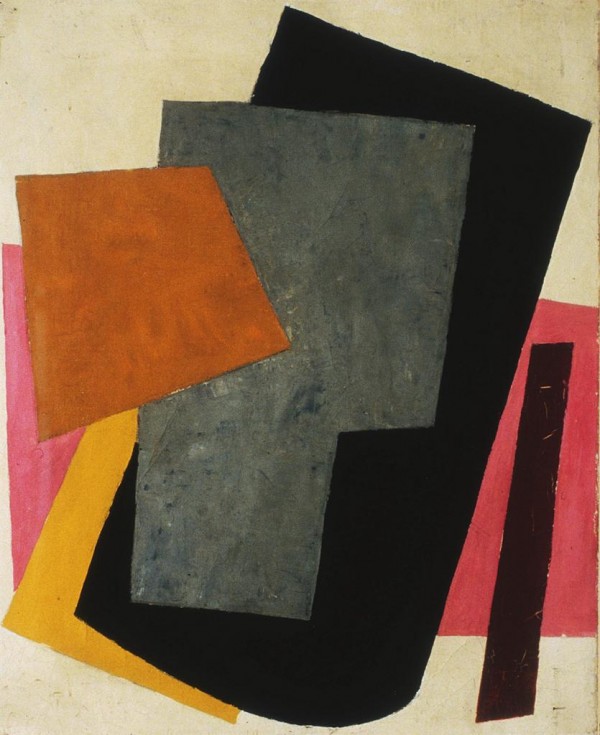Brendan Byrne has an excellent piece in Rhizome about the LiveJournal maintained by science fiction author Thomas M. Disch up until his death in 2008:
Most industry professionals knew better at this point than to engage with Disch, especially on his home turf. As Patrick Nielsen Hayden, one of the many who stopped reading Endzone in disgust, noted in his obituary, Disch “played the game of literary politics hard, and sometimes lost badly.” Disch started referring to himself as God in late 2006, a conceit from his final novel The Word of God in which the authorial voice declares, “All my justice shall be poetic.” In Endzone, Disch gloats over the death of the critic Algis Budrys and mocks his former editor Linda Rosenberg in verse. Philip K. Dick is encouraged to “rot in hell,” ostensibly for Dick’s 1972 letter to the FBI claiming Camp Concentration contained coded “anti-American” material. Disch crows that he will never allow the republication of The American Shore, Samuel L. Delany’s book length exegesis on a single story from334, due to perceived attacks on Disch’s career as SF critic.
One of the few who never gave up on Disch was John Crowley, author of Little, Bigand The AEgypt Cycle, whose blogging on LiveJournal directly led to Endzone. In the comments Crowley constantly challenges Disch’s belief in his own bile (“What’s sweet about your gall is how evenly it is sprayed about.”) and in doing so raises questions about whether he is interacting with Tom Disch the man, or tomsdisch the authorial voice of Endzone. On one of the rare occasions when Crowley blows his top, he cuts through the layers of performance and irony: “I suspect it’s YOU who enjoy the spectacle of ruination and abomination…” Either way, it is Crowley and his arguments for compassion and kindness which offer what little succor there is in the proceedings.
I think I had willfully chosen to ignore what an unpleasant person Disch was said to be.

